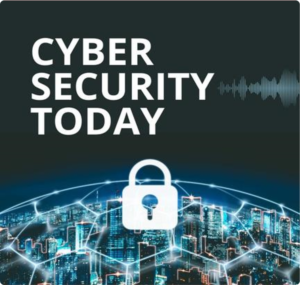One of the ways to protect yourself online is to avoid posting information about yourself on social media.
In order to reduce the amount of information they share online, especially for a company like LinkedIn, users are advised to follow simple tips. These tips include acting from a minimalist perspective and only providing information they provide to their network and potential employers, ensuring that everything that is supplied is accurate and truthful, and avoiding publishing the addresses, names and contact information of references.
Users should also avoid providing information about their educational efforts, which could be exploited by a hacker to determine when a user was born, but could also be used by someone who provides such an academic record under a similar name. Users should also avoid listing recreational activities for their biography, even if they do.
For more information, read the original story in Tech Republic.

